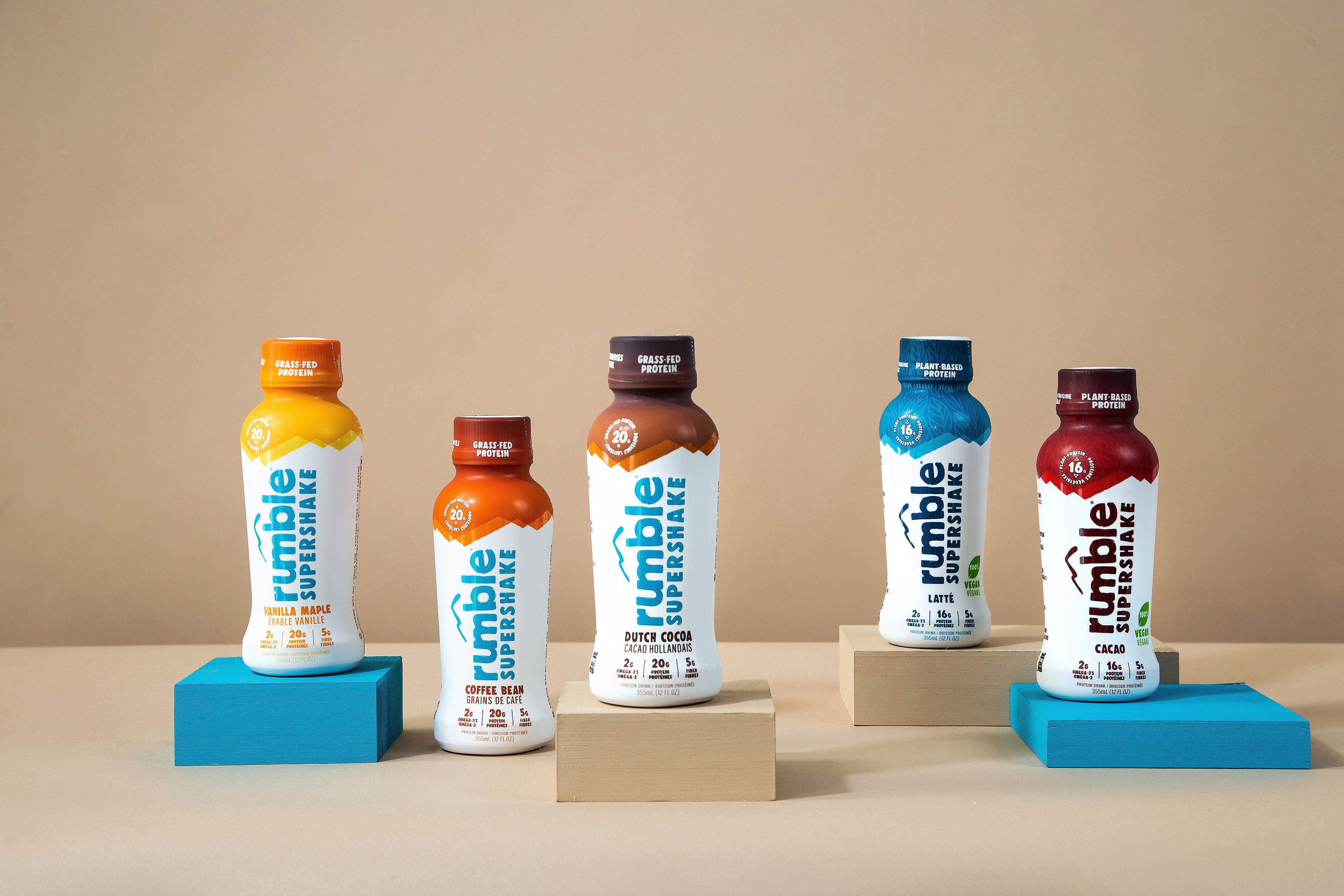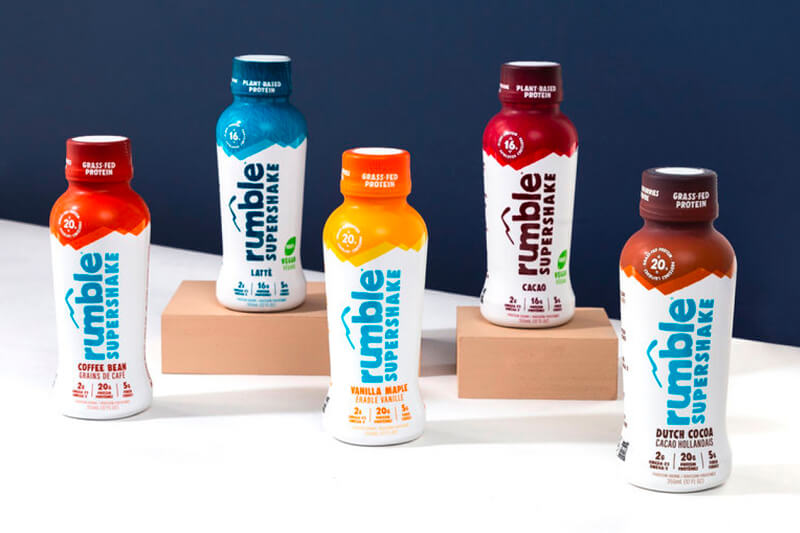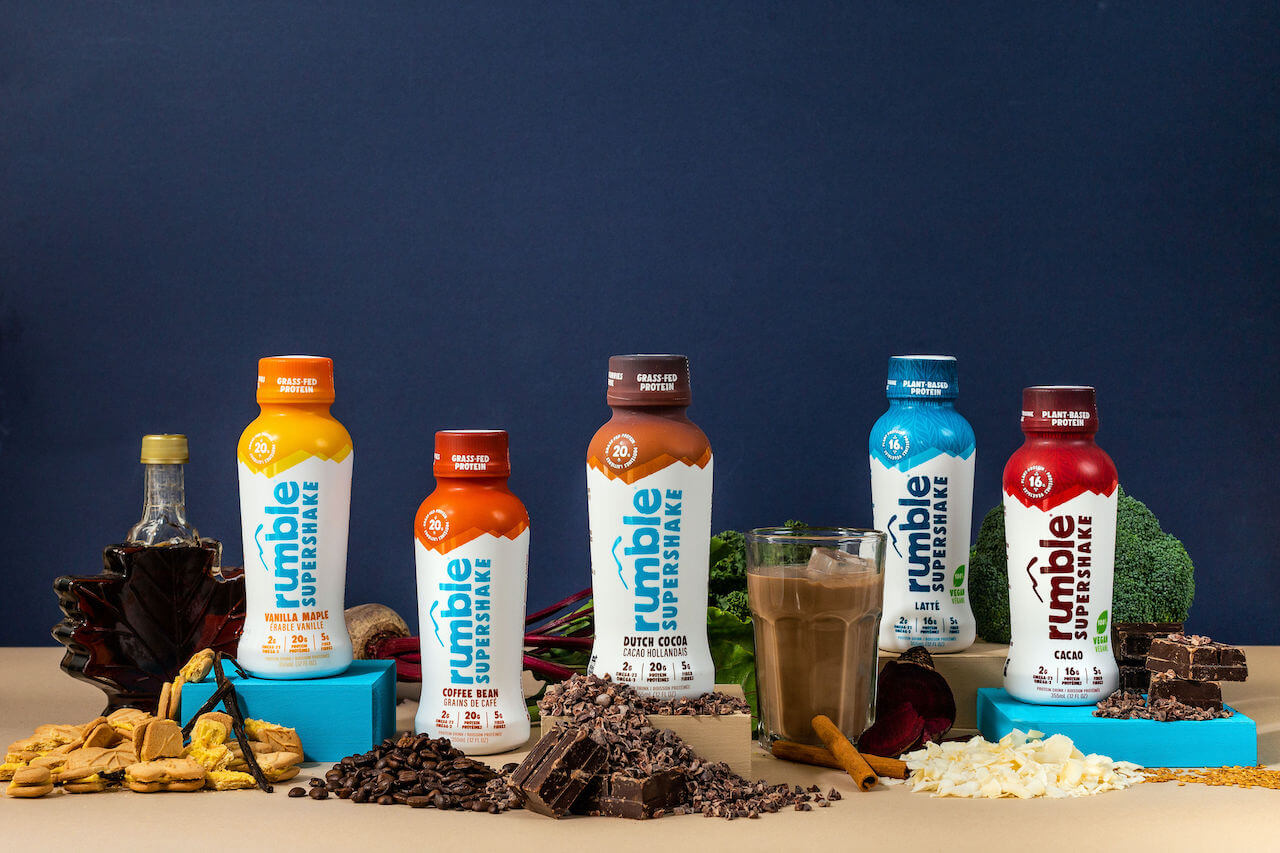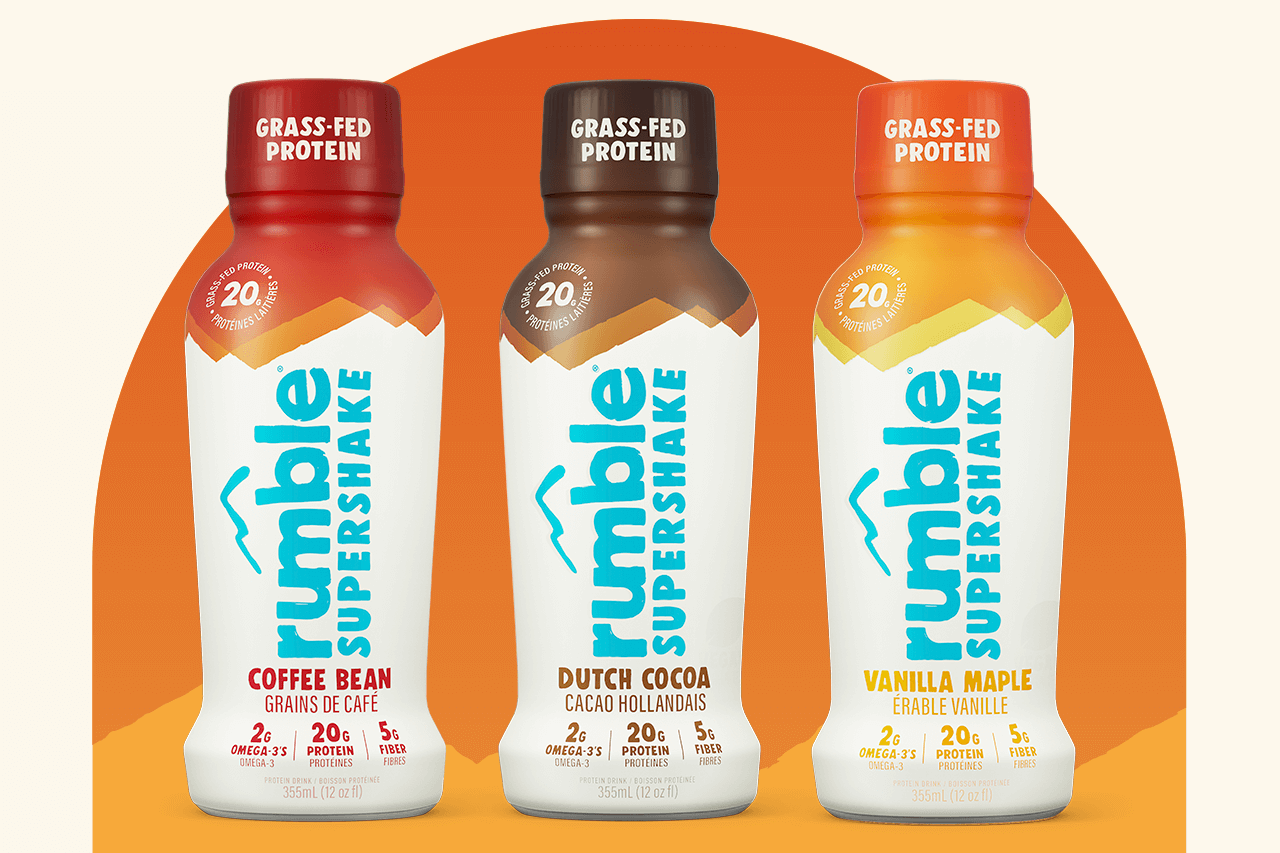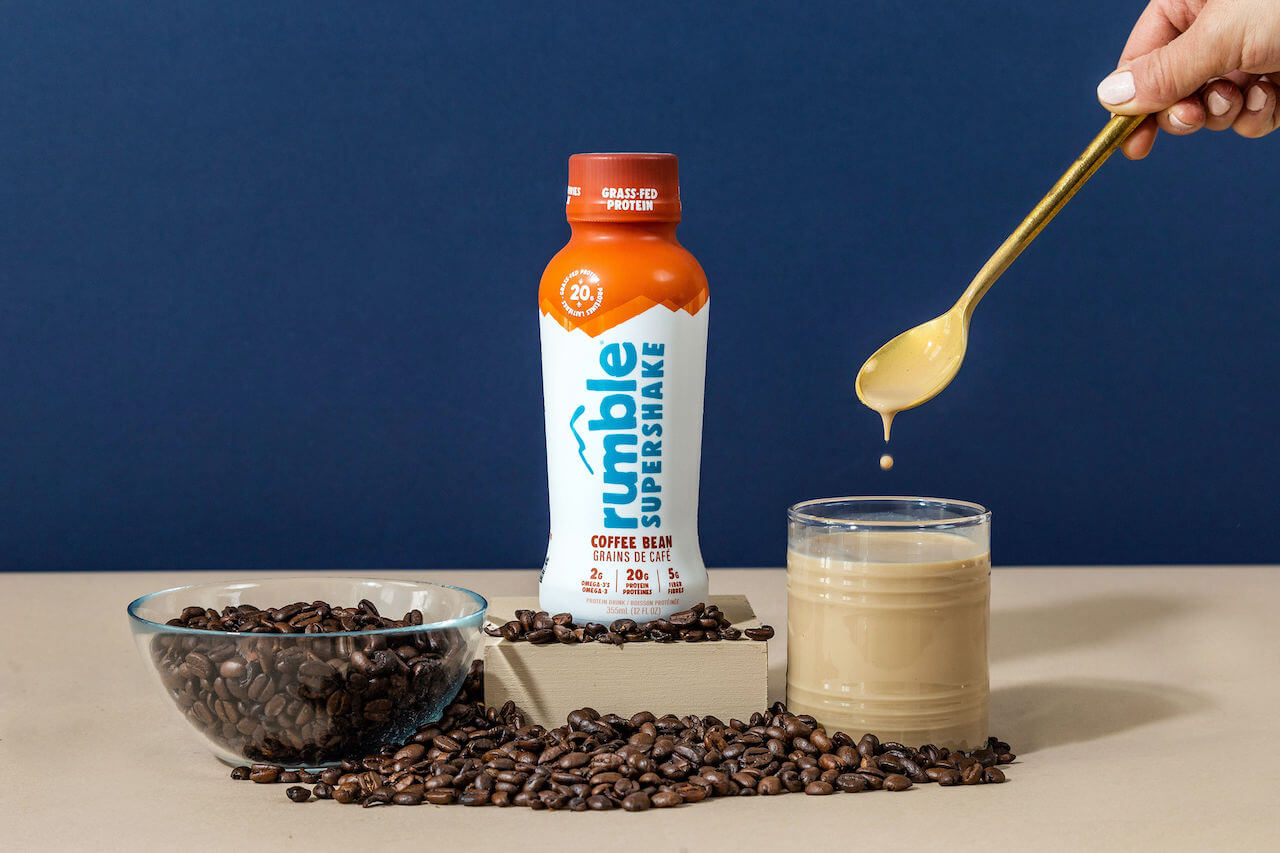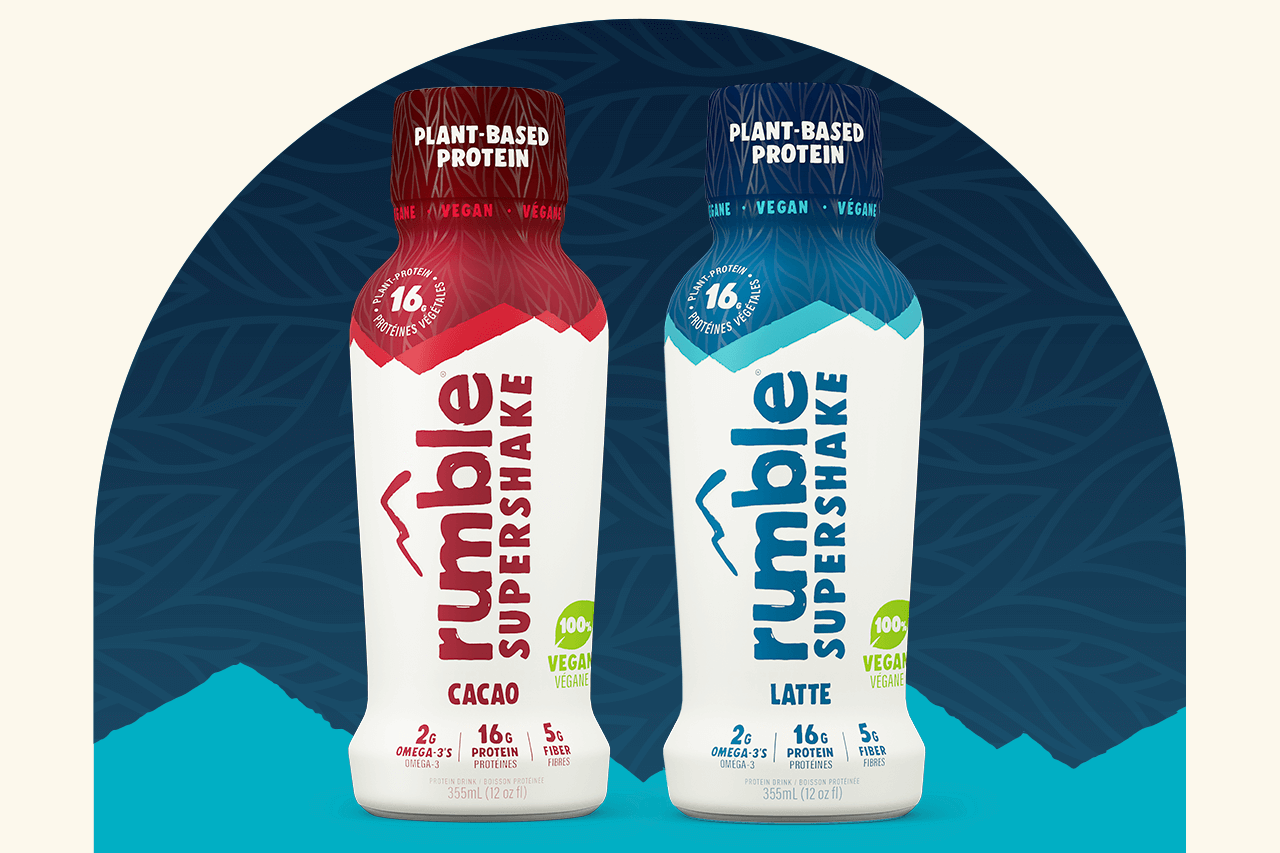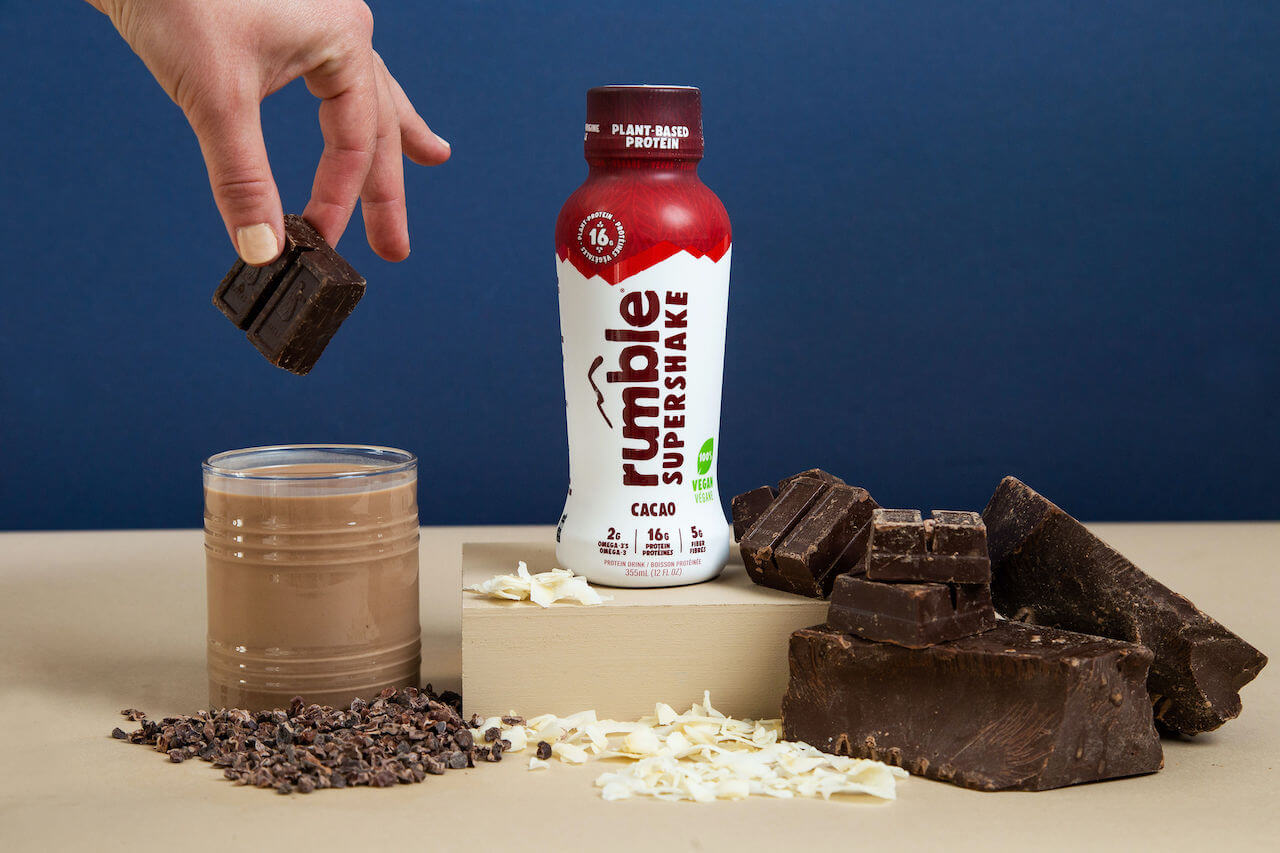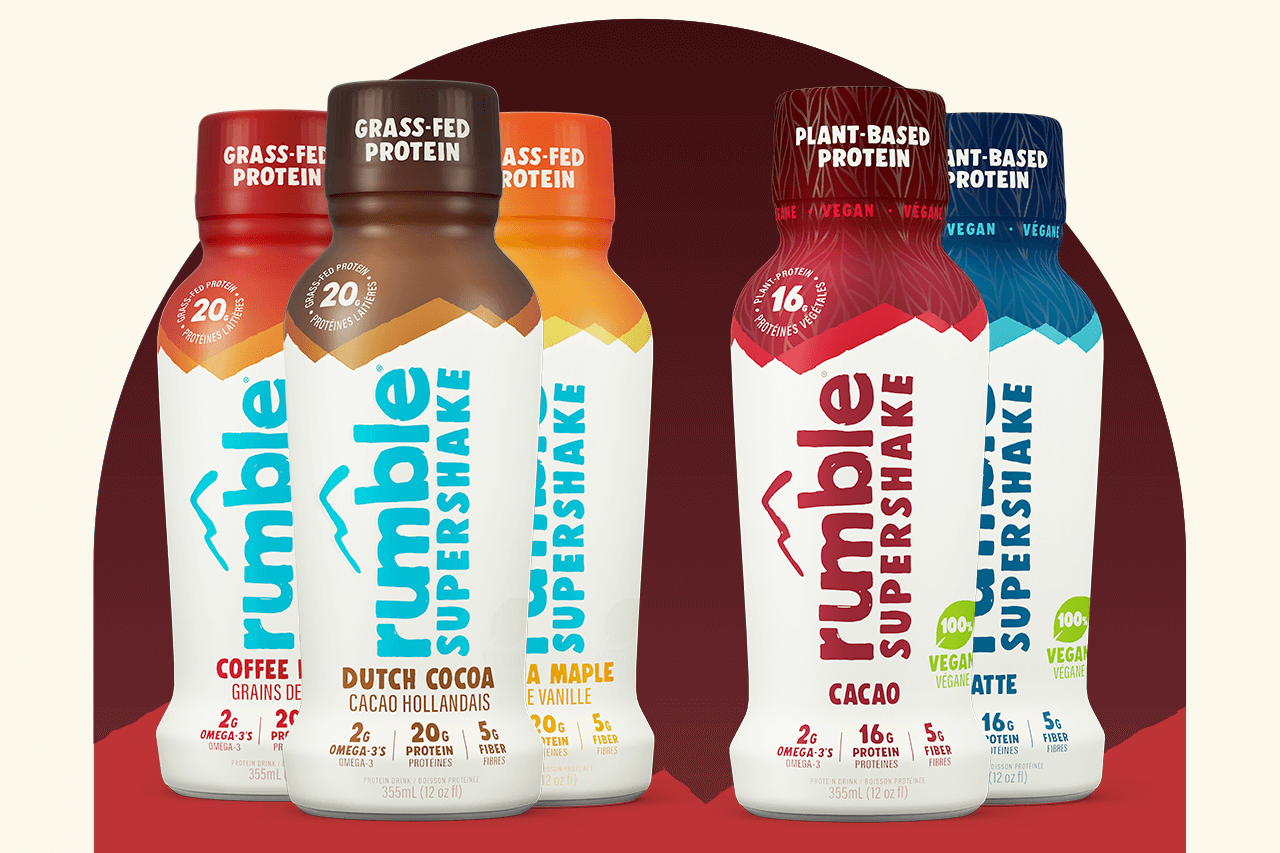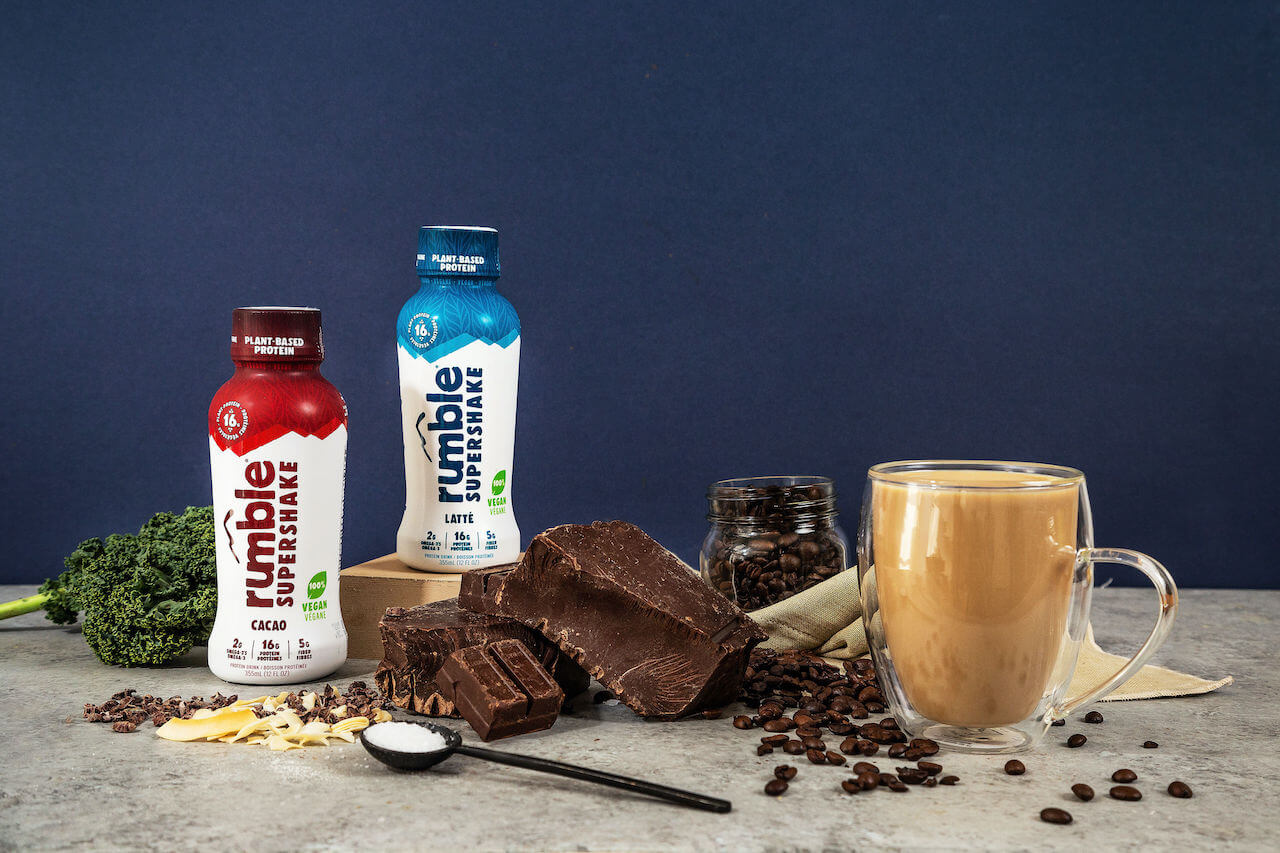Are You Getting Enough Fibre?

Did you know that as much as half of all Canadians aren’t getting enough fibre in their diets? That’s a big problem, because fibre doesn’t just regulate digestion. Fibre has a whole host of health benefits, and not getting enough of it exposes you to pretty considerable risks of disease. Thankfully, it’s not that hard to increase your fibre intake with the right foods.
Fibre 101
It’s not the sexiest of nutrients, but dietary fibre is an essential part of healthy eating. What we call ‘fibre’ is just the carbohydrates in plants that our bodies can’t digest. It moves through our systems, performing important functions along the way.
There are two kinds of fibre - soluble and insoluble fibre. Soluble fibre dissolves in water, and includes plant gums and pectins. Soluble fibre gives our digestive system more substance to process, slowing the absorption of sugar. Eating foods with soluble fibre helps regulate blood sugar levels, lowers blood cholesterol levels, and keeps you feeling full.
Insoluble fibre doesn’t dissolve in water - it’s the ‘roughage’ that moves through our digestive systems to keep us, ahem, regular. Getting enough insoluble fibre prevents constipation and also helps moderate blood sugar levels.

Why We Need It
Think of the difference between eating an apple (which has fibre) and drinking a glass of apple juice (which doesn’t). The apple juice, lacking fibre, is treated by your body like liquid sugar, whereas the apple is slower to digest, making you feel full and giving you a more even boost of energy.
We wanted to produce the same effect in Rumble Supershake - which is why Rumble has 5 grams of fibre, in addition to 20 grams of grass-fed protein. The fibre and protein work together to balance out the sugars, resulting in a drink that gives you sustained energy without the blood sugar spike. (Read more about the sugars in Rumble here!).

How much do you need?
Getting enough fibre reduces the risk of heart disease and diabetes, and even reduces the risk of breast cancer. A recent study found that high fibre intake among adolescent and young women significantly lowered the risk of breast cancer later in life. So how much do you need?
It depends on your age and circumstances, but most people should be getting somewhere between 20-35 grams of dietary fibre per day:
|
Age (years) |
Male |
Female |
|
1 to 3 |
19 g |
19 g |
|
4 to 8 |
25 g |
25 g |
|
9 to 13 |
31 g |
26 g |
|
14 to18 |
38 g |
26 g |
|
19 to 50 |
38 g |
25 g |
|
51 to 70+ |
30 g |
21 g |
|
Pregnancy (any age) |
/ |
28 g |
|
Breast feeding (any age) |
/ |
29 g |
Chart from Healthlink BC

Sources of Fibre
Concerned you’re not getting enough fibre? It turns out that the most fibre-rich foods happen to be some of the healthiest, too. Whole grains, fresh fruit and vegetables, legumes/beans and nuts all have high fibre content. It’s easier than you’d think to reach your recommended daily intake of fibre with a balanced, healthy diet:
|
1 cup of broccoli |
5g of fibre |
| 1 apple | 4.5g of fibre |
| 1 cup of whole wheat spaghetti | 6g of fibre |
| 1 cup of quinoa | 5g of fibre |
| 3 cups of popcorn, air-popped | 3.5g of fibre |
| 1 slice of whole wheat bread | 2g of fibre |
| 1 carton of Rumble Supershake | 5g of fibre (+20g of protein!) |
| 1 cup of canned black beans | 10g of fibre |
| 1 cup of lentils | 15.5 of fibre |


